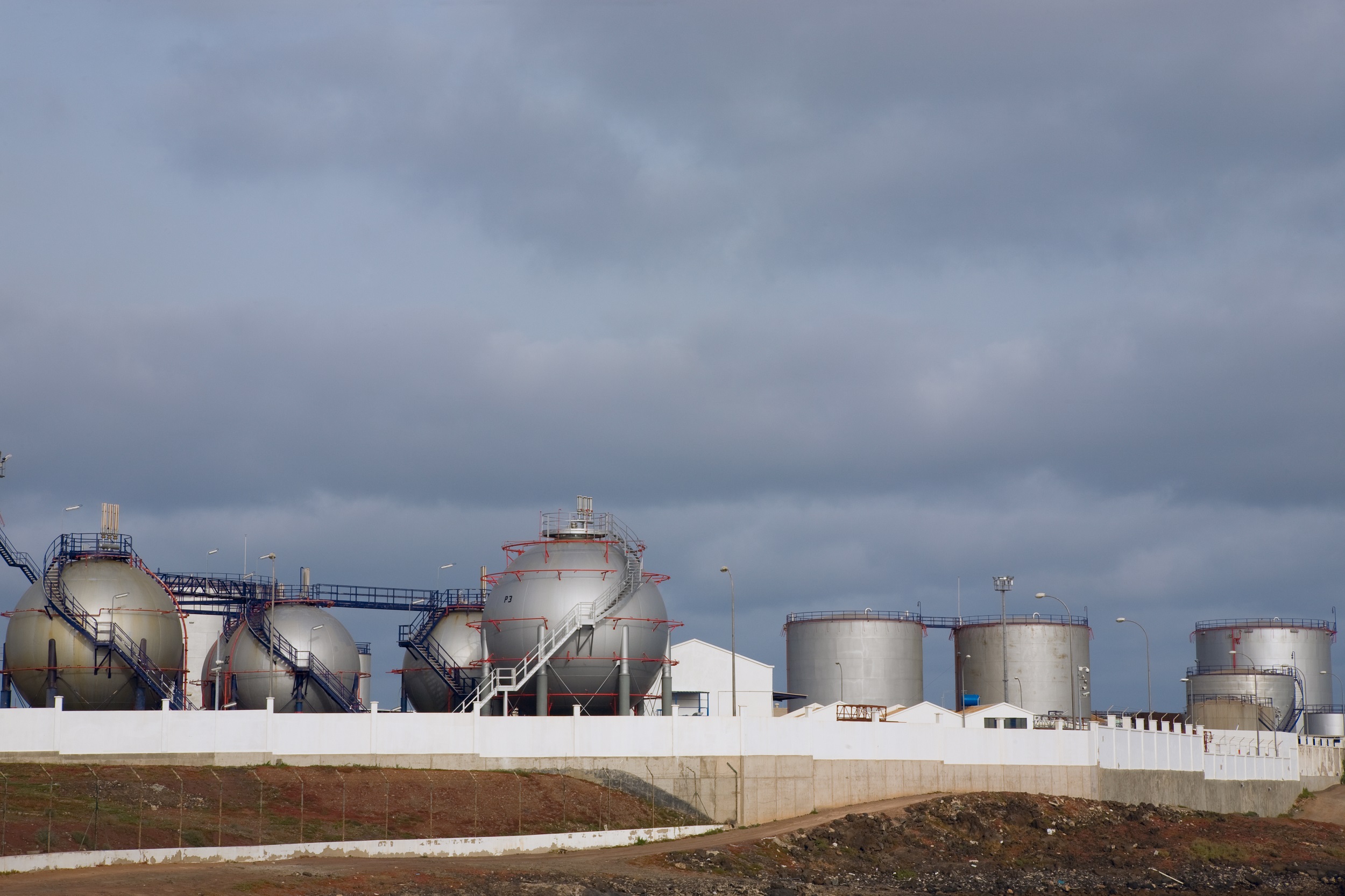
A new study from the UN University Institute for Water, Environment and Health has reported that hypersaline concentrate (referred to as brine), a by-product of desalination technologies and associated with negative environmental impacts, has seen a 50% increase compared with previous estimates.
The study, entitled The state of desalination and brine production: A global outlook, is published in the Elsevier journal Science of the Total Environment. It estimates brine production worldwide to be around 142 million m3 per day, approximately 50% greater than previous assessments.
Salt levels in the sea are increased by the disposal of the concentrate brine and that, combined with an increase in sea temperature, decreases the dissolved oxygen level. This is known as hypoxia and affects aquatic life. Lead author Edward Jones, from Wageningen University in the Netherlands, said: "High salinity and reduced dissolved oxygen levels can have profound impacts on benthic organisms, which can translate into ecological effects observable throughout the food chain."
The study recommends improved brine management strategies to limit the negative environmental impacts and reduce the economic cost of disposal. This in turn should encourage further developments in desalination facilities to safeguard water supplies for current and future generations.





